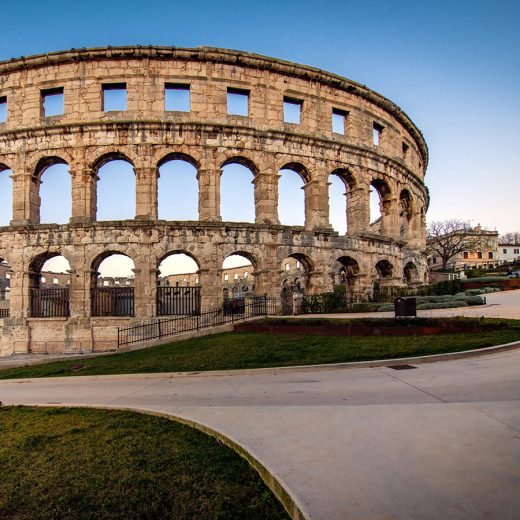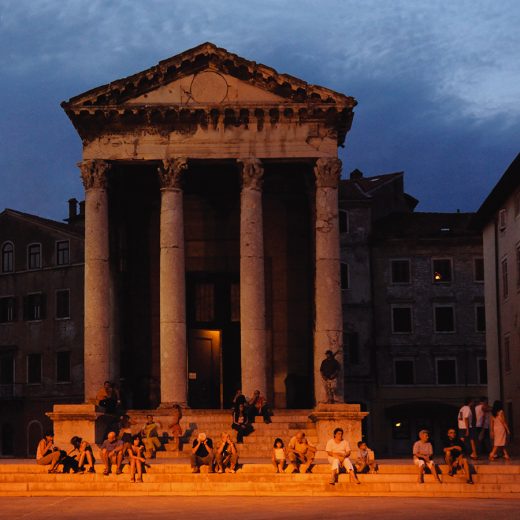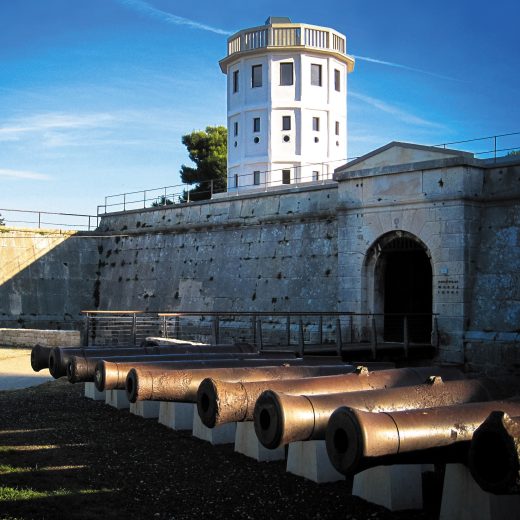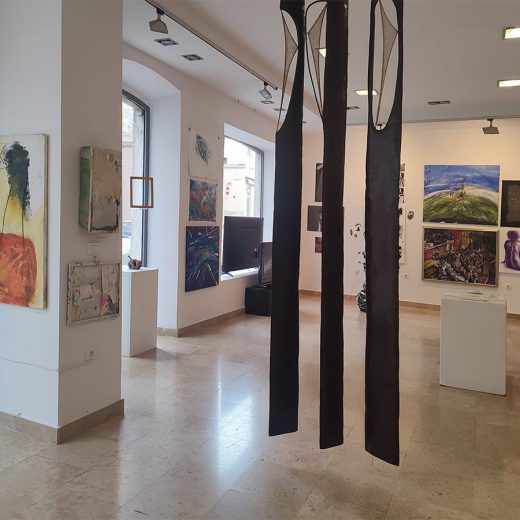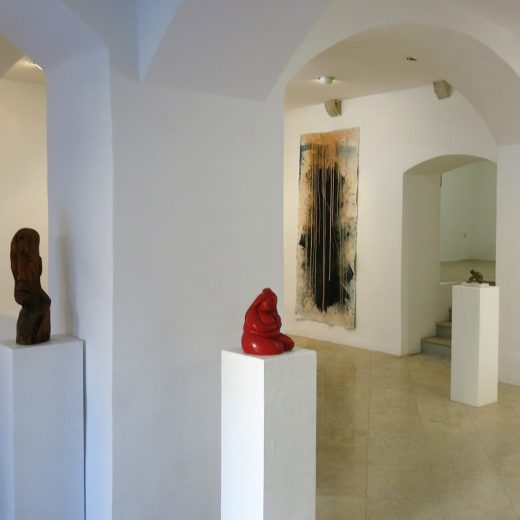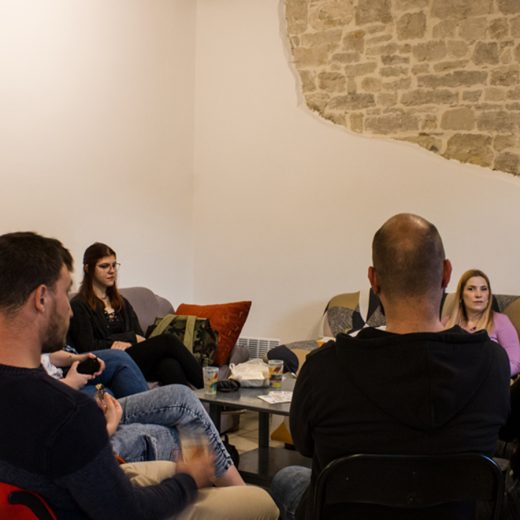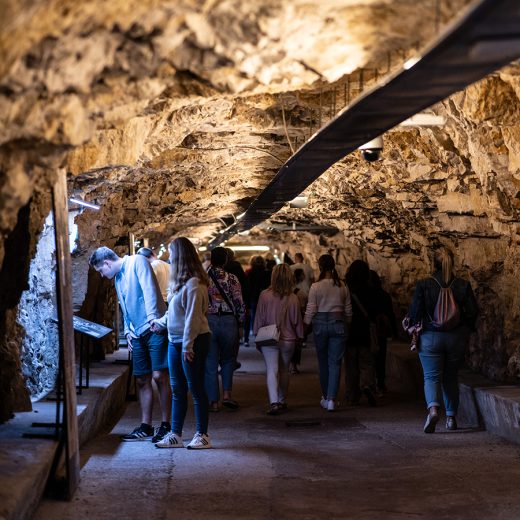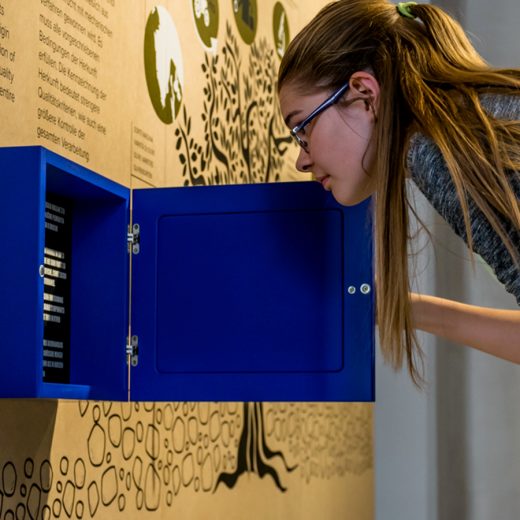Closed for renovations
By collecting stone monuments in the Temple of Augustus in 1802, marshal Marmont began the founding of the museum collection in Pula. However, the discovery of stone, ceramic and metal objects in Nesactium was the basis for founding the Museo Civico (City Museum) in Pula in 1902. After the seat of the ‘Società istriana di archeologia e storia patria’ had been moved and with the transfer of the archaeological inventory from Poreč to Pula, the Museo Civico was integrated with the National collection (stone monuments) and the Poreč Regional Museum (Museo Provinciale) into one regional institution. Therefore, in 1925 the Museum of Istria (Il Regio Museo dell’Istria) was founded in the present-day museum building. In 1930 the museum opened its doors to visitors, and a guidebook in Italian was published. This exhibition, along with minor changes, was open for the public until the end of World War II, when many objects were transferred to Italy during the Anglo-American administration.
After some modifications in the collection of stone monuments and having displayed the remaining exhibits, in 1949 the museum reopened as the specialized Archaeological Museum of Istria. By systematic work and with great efforts, after having restituted part of the archaeological objects from Italy in 1961, the museum building was gradually renovated and the museum exhibits displayed in a representative didactical-visual concept. The reconstructed collection of stone monuments on the ground floor and museum halls reopened in 1968. In 1973 the prehistoric room on the 1st and the classical, late Roman and medieval exhibits on the 2nd floor of the museum opened.
The museum halls of the Archaeological Museum of Istria are constantly being extended; supplemented with new finds from archaeological sites in Istria (prehistoric caves, hill forts and necropolises, Roman economic complexes, buildings and cemeteries, as well as sacral edifices from the early Christian and Byzantine period, the barbaric invasion and the settlement of the Slavs in Istria).
Find out more >
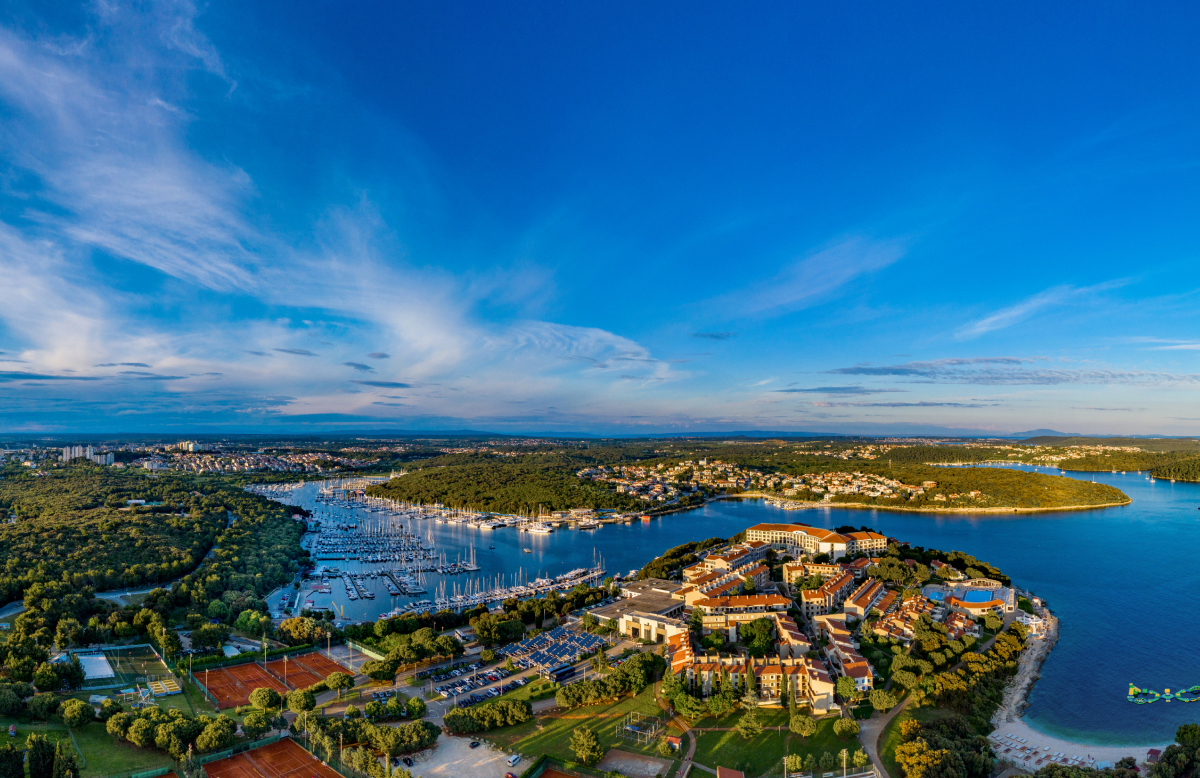
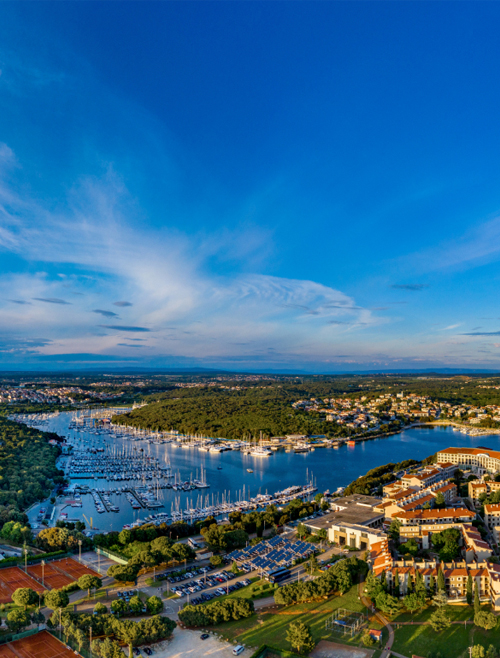
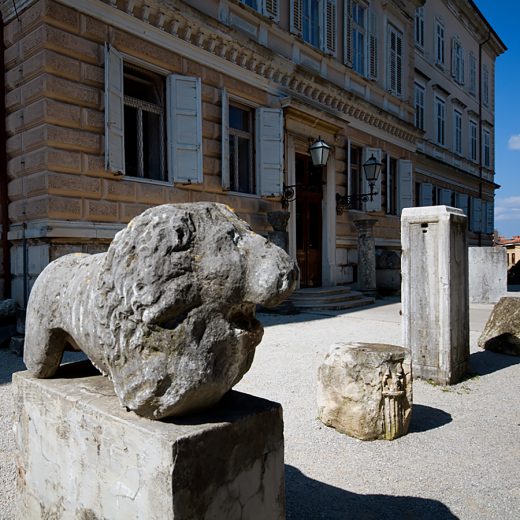
 Arena
Arena 